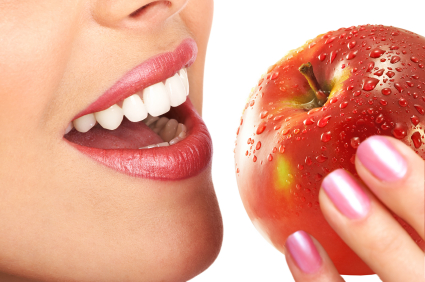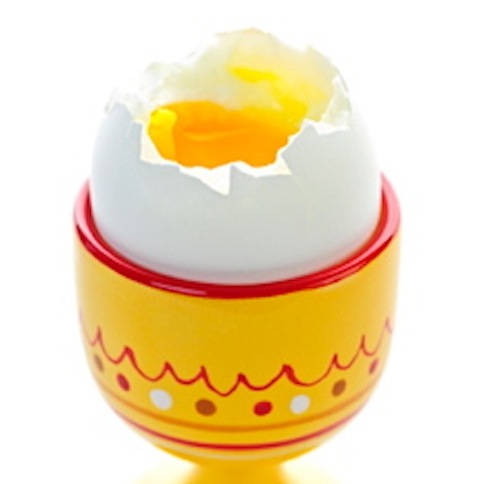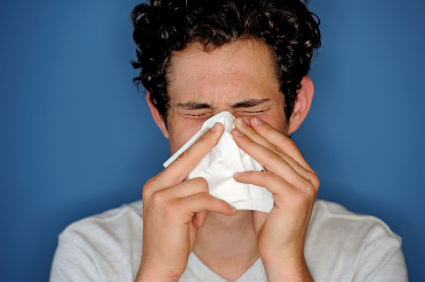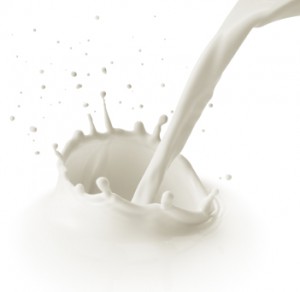The Foundry Cycles Tradesperson contest is over and Foundry has awarded me one of their awesome bikes!! Soon a beautiful Auger will be here, and I can’t wait to start riding it and sharing it’s awesomeness with everyone. I will be writing and posting more about the Auger here, please stay tuned! The Auger Adventure is just starting!!
Why would Foundry want me riding their bike?
Who would have thought that mother of three teenagers would end up not only riding, but racing—and winning, and beating 20, 30, and 40 year olds—on a road bike, Cyclocross bike, and a mountain bike in the short span of 3 years?
Buying a nice road bike to get out, have fun, and meet cool people after a divorce is what inspired me to start riding, and frankly, I was really bored with working out at the local gym.
Being the competitive athlete at heart that I knew I was, I decided to try my hand at racing.
In my first year…
…as a Cat 4, I dabbled at racing, trying some road races, a few crits here and there, and–I did pretty dang well.
So the next year, I decided to get serious about racing, and started winning some bigger cat 3/4 races.
Indiana State Crit Championship, 2010. I won that one. 🙂
 2010 St. Louis Gateway Cup Series, Giro Della Montagne. Last lap. (I’m on far right)
2010 St. Louis Gateway Cup Series, Giro Della Montagne. Last lap. (I’m on far right)
The Gateway Cup race series in St. Louis was a big deal…
 2010 St. Louis Gateway Cup Series, Second place Omnium cat 3/4 . Women from 12 or more states across the US competed in this series.
2010 St. Louis Gateway Cup Series, Second place Omnium cat 3/4 . Women from 12 or more states across the US competed in this series.
On to Cat 3 as a road racer for me…
Based on my road racing success, I decided to try my hand at a few cyclocross races.
Well, cyclocross is a whole different animal to a sprinter like me, and certainly not easy for someone who likes short, intense, fast races.
It hurt, it was grueling, and for some strange reason, I liked it and I had a lot of fun.
I loved the exhilaration of finishing a race and knowing I had gone as hard as I possibly could.
And yes, I felt like puking sometimes, but then doesn’t everyone?
I knew I’d be back next season for more of this…
I enlisted the help of one of the country’s top-ranked female pro cyclists to coach and train me and I got a little more focused on training, racing and hitting the podium a time or two, or three or four.
And… I did.
St. Louis Gateway Cup Series, Giro Della Montagne, 2011–me in front on the last lap–and that’s the finish line.
I finished up a successful crit racing season with a sprint down a long straightaway to win one of the the Midwest region’s biggest races– something I had been working on, visualizing, and planning on all season.
Rolling across the finish line…what a great feeling!
A sweet victory for sure! I beat the reigning Jr. National Crit and Road Racing champion, along with some very tough women from 10 or 12 states.
 We even got a podium guy to present the awards.
We even got a podium guy to present the awards.
Not bad for an old chick, eh? 🙂
Cyclocross last season as a cat 3 racing in the ‘opens’ went very well, coming off a successful road racing season.
I learned how to suffer, how to race against some really tough ladies, and how to do well.
I learned how to sprint for the hole shot…
I also learned to maneuver through the tricky turns…
mud…
hilly, off camber trails…
and sprint like crazy for the finish line.
Dust, heat, rain, cold, snow, sleet, mud–no matter what the weather, I loved it!
And, oh yeah, did I mention, I have FUN!!???
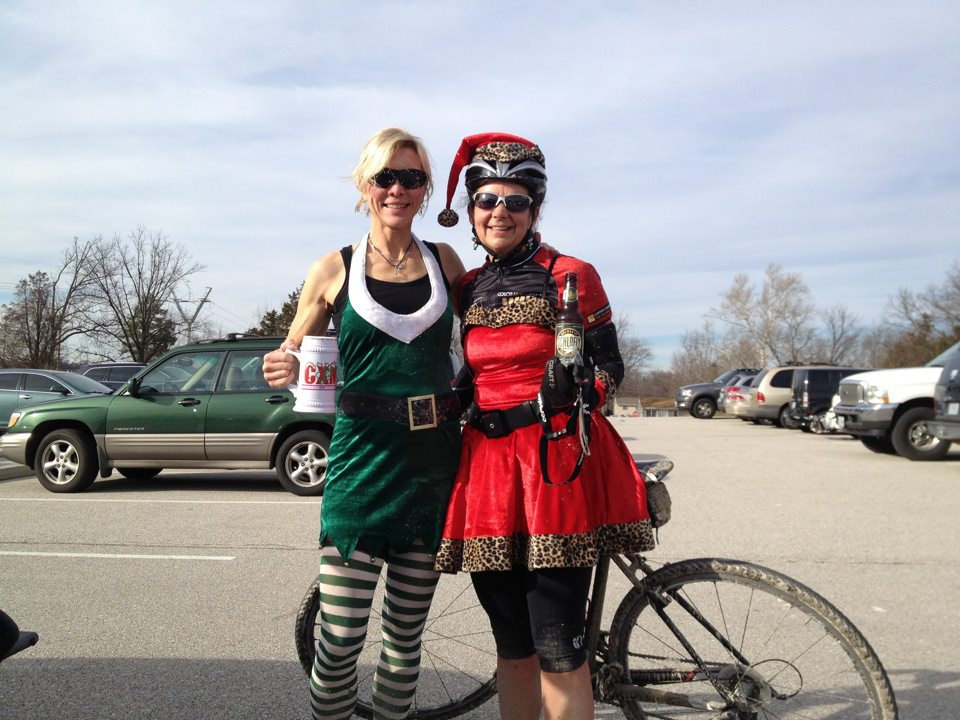 The annual top secret, team Seagal, CX-mas ‘non race’, December, 2011. I won. 🙂
The annual top secret, team Seagal, CX-mas ‘non race’, December, 2011. I won. 🙂
I love those gnarly, technical trails and the maneuvering it takes to stay on the bike and navigate a tricky course. And mud–what can I say about mud?
I love the challenge of trying to stay upright and pedal through the mud, when everyone else is slipping and sliding all around me.
But then I race mountain bikes and do pretty well, so it seems natural to me.
My goal this year is to KILL IT in Cyclocross and I am training to peak at just the right time so I can race in the National CX Championships and the World CX Championships as well.
Not just to race, but to stand on the podium!
But if I am going ‘up’ my game, I need to upgrade my CX bike. Most definitely! My old bike isn’t bad but it’s time for a major upgrade to top of the line, carbon fiber, better components, and disc brakes.
The Foundry Auger is the bike that I’ve been looking for! With that incredibly badass, understated design, plus SRAM components, a light, stiff, responsive carbon fiber frame and a state-of-the-art disc braking system, there is nothing better. This is the bike for me–and the bike that I will ride to the podium in CX races this year.
Who am I and why would anyone pay attention to me?
Well, I am the author of two very successful online (and soon to be available on Amazon Kindle) books on diet and nutrition, with a successful website/blog and following. I write, research and study about diet, fitness, health and nutrition. My first book has already sold about 100,000 copies worldwide.
When I started winning races, people started paying attention to what I was eating, how I was training, what I was riding, etc.
And, by the way, my bike racing team is sponsored by Momentum Bicycles, a proud Foundry bike dealer.
I will happily talk up my awesome Foundry CX bike, the cutting edge design, its badass speed, and amazing disc brakes, and I will ride it proudly!
My Foundry bike will get it’s own tab on my website www.simplesmartnutrition.com, where I will be blogging about my racing, my bike and my training. I know I would love showing off my Auger, blogging about, talking about it, and riding it like crazy!
(Btw, did I mention I have over 1,000 ‘friends’ on Facebook–many who are cycling fanatics themselves–who follow my posts?)
I think my new Foundry Auger and I will look very good crossing finish lines in first place, don’t you? I am already in love with it…
~~~~~~~~~~~~~~~~~~~~~~~~~~~~~~~~~~~~~~~~~~~~~~~~~~~~~~~~~~~~~~~~~~~~~~~~~~~~~~~~~~~
“I’ve been working with Cat for over 2 years and she continues to be one of the most motivated athletes I coach. Cat desires improvement each year and won’t settle for anything less.
This past CX season, I was very impressed with her CX success each race. She has worked hard to dial in her bike handling skills and it has paid off. She made dramatic improvement and wants to do even better this year.
With her sights set on National and World Championships, this is the perfect carrot she needs to raise her game up to another level. Lastly, Cat is a good person. She is friendly, thoughtful, and great to work with.
-Coach, Alison Powers, ALP Cycles Coaching, NOW-Novartis Cycling Team
“I can’t think of anyone who would represent Foundry Cycles better than Cat Ebeling. Cat has raced for Momentum for the past three years and is one of the few riders I know that excels in road, mountain and cross racing.
No matter what the conditions or venue Cat always represents us well and with enthusiasm. She’s always pushing everyone who rides with her to aim for a higher level and no matter whether she wins, which she often does, or just finishes with the pack she does it with class and humility.
Those are the traits that make Cat the perfect choice to race the Auger and proudly represent Foundry and Momentum Cycles.”
-Steven Maas, Momentum Racing & Momentum Cycles, St. Peters, MO
“I have been a teammate of Cat’s since the fall of 2011. She has been such an inspiration to me. Cat welcomed me to the team and has been great about giving advice and even working with me on new skills.
Being new to racing, I could not ask for a better teammate. Her bike handling skills during the CX season were amazing! She puts forth 100% effort in everything that she does and would be a great spokesperson for Foundry. I don’t know anyone else who is as friendly and willing to help as Cat is. She truly is role model for women and men alike.”
-K.P., Momentum Racing Teammate
“Cat is an inspiration on the bike, she trains hard, races hard and welcomes all with her Joie de Vivre. She has quite a big fan club and we all watch what she does–with interest!”
-L.V.N., One of her biggest fans

























